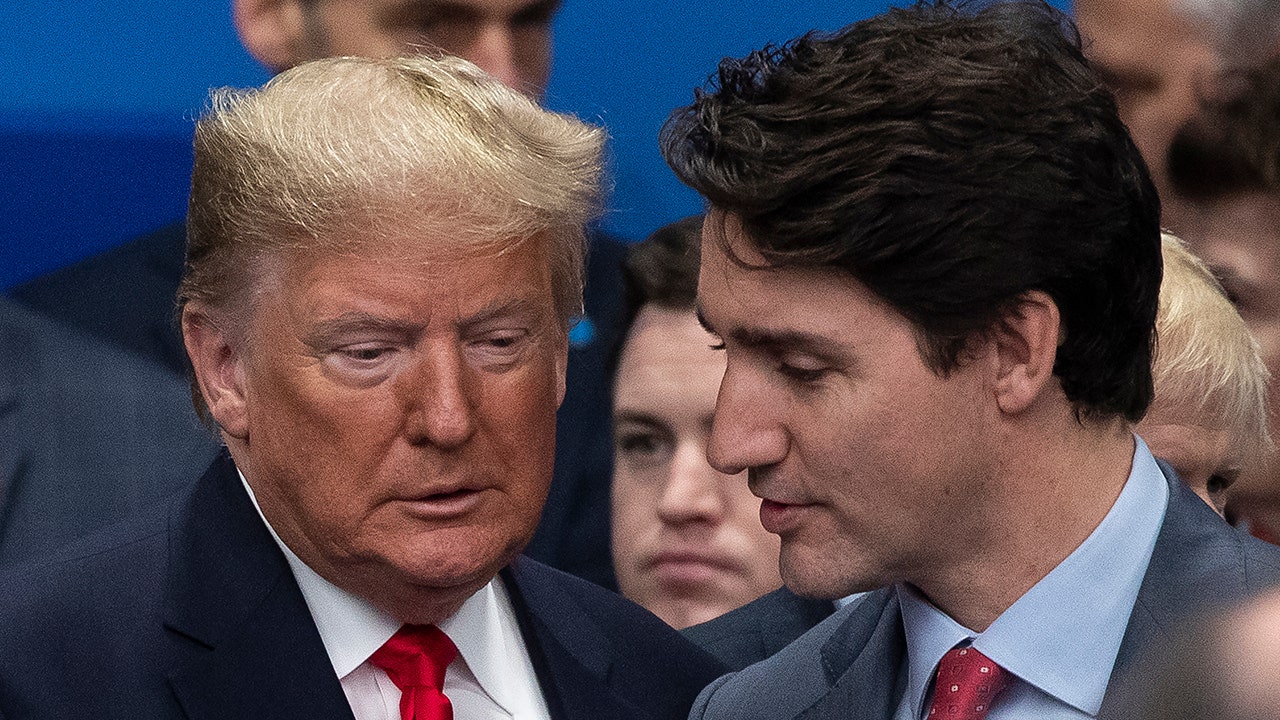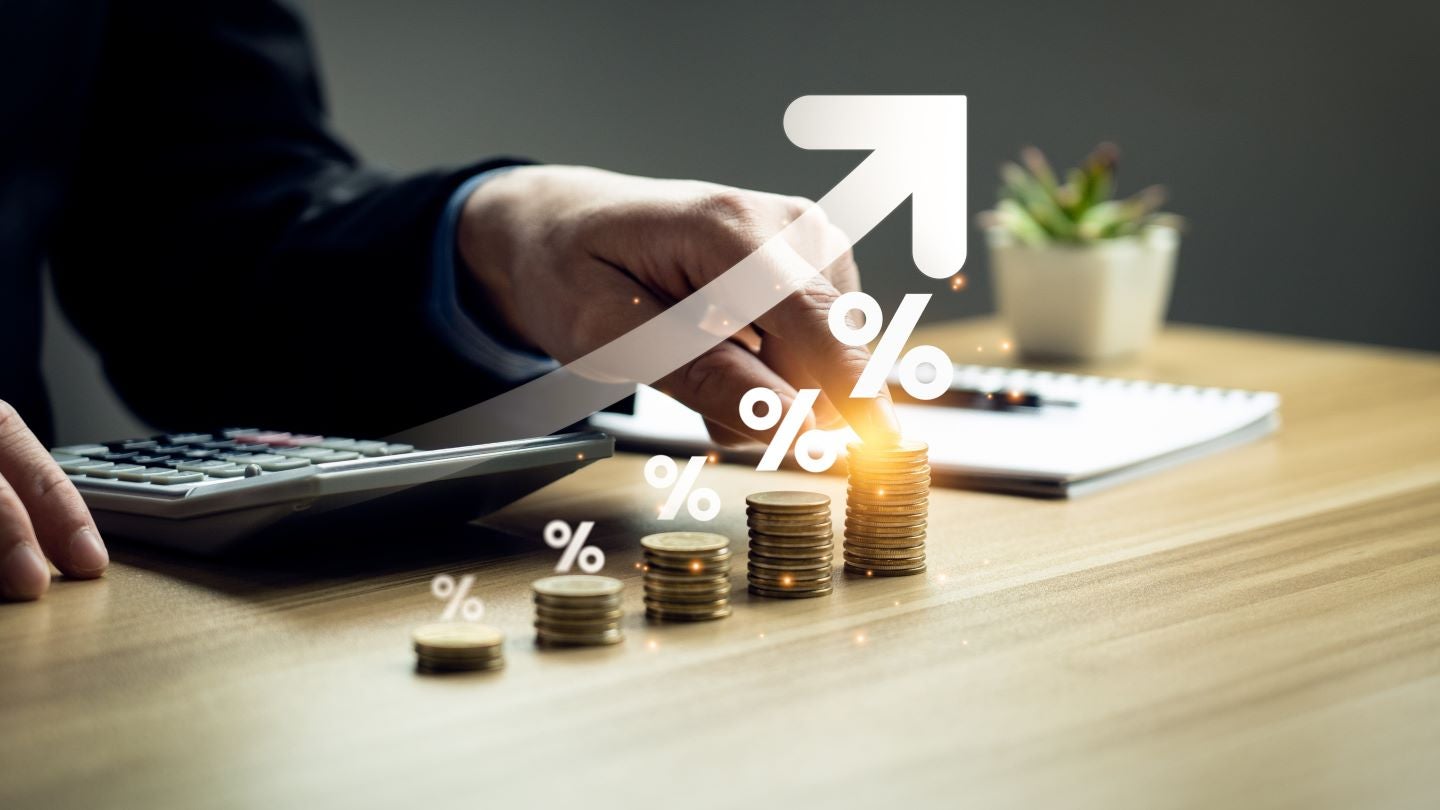Editor’s note: This article, distributed by The Associated Press, was originally published on The Conversation website. The Conversation is an independent and nonprofit source of news, analysis and commentary from academic experts.
Brian Blank is a finance scholar and Fed watcher who researches how companies navigate downturns and make financial decisions, as well as how markets process information. Brandy Hadley is a finance professor who leads a student-managed investment fund and studies corporate decision-making and incentives. Together, they’re also the resident economic oracles at The Conversation U.S., and their forecast for 2024 held up notably well. Here, they explain what to expect from 2025.
New year, new questions
Heading into 2024, we said the U.S. economy would likely continue growing, in spite of pundits’ forecast that a recession would strike. The past year showcased strong economic growth, moderating inflation, and efficiency gains, leading most economists and the financial press to stop expecting a downturn.
But what economists call “soft landings” — when an economy slows just enough to curb inflation, but not enough to cause a recession — are only soft until they aren’t.
As we turn to 2025, we’re optimistic the economy will keep growing. But that’s not without some caveats. Here are the key questions and risks we’re watching as the U.S. rings in the new year.
The Federal Reserve and interest rates
See more : Analysis-Politics, not climate, to drive sustainable finance trends in 2025
Some people expected a downturn in 2022 — and again in 2023 and 2024 — due to the Federal Reserve’s hawkish interest-rate decisions. The Fed raised rates rapidly in 2022 and held them high throughout 2023 and much of 2024. But in the last four months of 2024, the Fed slashed rates three times — most recently on Dec. 18.
While the recent rate cuts mark a strategic shift, the pace of future cuts is expected to slow in 2024, as Fed Chair Jerome Powell suggested at the December meeting of the Federal Open Market Committee. Markets have expected this change of pace for some time, but some economists remain concerned about heightened risks of an economic slowdown.
When Fed policymakers set short-term interest rates, they consider whether inflation and unemployment are too high or low, which affects whether they should stimulate the economy or pump the brakes. The interest rate that neither stimulates nor restricts economic activity, often referred to as R* or the neutral rate, is unknown, which makes the Fed’s job challenging.
However, the terminal rate — which is where Fed policymakers expect rates will settle in for the long run — is now at 3%, which is the highest since 2016. This has led futures markets to wonder if a hiking cycle may be coming into focus, while others ask if the era of low rates is over.
Inflation and economic uncertainty
This shift in the Federal Reserve’s approach underscores a key uncertainty for 2025: While some economists are concerned the recent uptick in unemployment may continue, others worry about sticky inflation. The Fed’s challenge will be striking the right balance — continuing to support economic activity while ensuring inflation, currently hovering around 2.4%, doesn’t reignite.
We do anticipate that interest rates will stay elevated amid slowing inflation, which remains above the Fed’s 2% target rate. Still, we’re optimistic this high-rate environment won’t weigh too heavily on consumers and the economy.
While gross domestic product growth for the third quarter was revised up to 3.1% and the fourth quarter is projected to grow similarly quickly, in 2025 it could finally show signs of slowing from its recent pace. However, we expect it to continue to exceed consensus forecasts of 2.2% and longer-run expectations of 2%.
Fiscal policy, tariffs and tax cuts: Risks or tailwinds?
While inflation has declined from 9.1% in June 2022 to less than 3%, the Federal Reserve’s 2% target remains elusive.
Amid this backdrop, several new risks loom on the horizon. Key among them are potential tariff increases, which could disrupt trade, push up the prices of goods and even strengthen the U.S. dollar.
The average effective U.S. tariff rate is 2%, but even a fivefold increase to 10% could escalate trade tensions, create economic challenges and complicate inflation forecasts. Consider that, historically, every 1% increase in tariff rates has resulted in a 0.1% higher annual inflation rate, on average.
Still, we hope tariffs serve as more of a negotiating tactic for the incoming administration than an actual policy proposal.
Tariffs are just one of several proposals from the incoming Trump administration that present further uncertainty. Stricter immigration policies could create labor shortages and increase prices, while government spending cuts could weigh down economic growth.
Tax cuts — a likely policy focus — may offset some risk and spur growth, especially if coupled with productivity-enhancing investments. However, tax cuts may also result in a growing budget deficit, which is another risk to the longer-term economic outlook.
Count us as two financial economists hoping only certain inflation measures fall slower than expected, and everyone’s expectations for future inflation remain low. If so, the Federal Reserve should be able to look beyond short-term changes in inflation and focus on metrics that are more useful for predicting long-term inflation.
Consumer behavior and the job market
Labor markets have softened but remain resilient.
Hiring rates are normalizing, while layoffs and unemployment — 4.2%, up from 3.7% at the start of 2024 — remain low despite edging up. The U.S. economy could remain resilient into 2025, with continued growth in real incomes bolstering purchasing power. This income growth has supported consumer sentiment and reduced inequality, since low-income households have seen the greatest benefits.
However, elevated debt balances, given increased consumer spending, suggest some Americans are under financial stress even though income growth has outpaced increases in consumer debt.
While a higher unemployment rate is a concern, this risk to date appears limited, potentially due to labor hoarding — which is when employers are afraid to let go of employees they no longer require due to the difficulty in hiring new workers. Higher unemployment is also an issue the Fed has the tools to address — if it must.
This leaves us cautiously optimistic that resilient consumers will continue to retain jobs, supporting their growing purchasing power.
Equities and financial markets
The outlook for 2025 remains promising, with continued economic growth driven by resilient consumer spending, steadying labor markets, and less restrictive monetary policy.
Yet current price targets for stocks are at historic highs for a post-rally period, which is surprising and may offer reasons for caution. Higher-for-longer interest rates could put pressure on corporate debt levels and rate-sensitive sectors, such as housing and utilities.
Corporate earnings, however, remain strong, buoyed by cost savings and productivity gains. Stock performance may be subdued, but underperforming or discounted stocks could rebound, presenting opportunities for gains in 2025.
Artificial intelligence provides a bright spot, leading to recent outperformance in the tech-heavy NASDAQ and related investments. And onshoring continues to provide growth opportunities for companies reshaping supply chains to meet domestic demand.
To be fair, uncertainty persists, and economists know forecasting is for the weather. That’s why investors should always remain well-diversified.
But with inflation closer to the Fed’s target and wages rising faster than inflation, we’re optimistic that continued economic growth will pave the way for a financially positive year ahead.
Here’s hoping we get even more right about 2025 than we did this past year.
D. Brian Blank is an associate professor of finance at Mississippi State University.
Brandy Hadley is an associate professor of finance and distinguished scholar of applied investments at Appalachian State University.
Source link https://finance-commerce.com/2024/12/finance-scholars-optimistic-about-u-s-economy-in-2025/
Source: https://summacumlaude.site
Category: News







